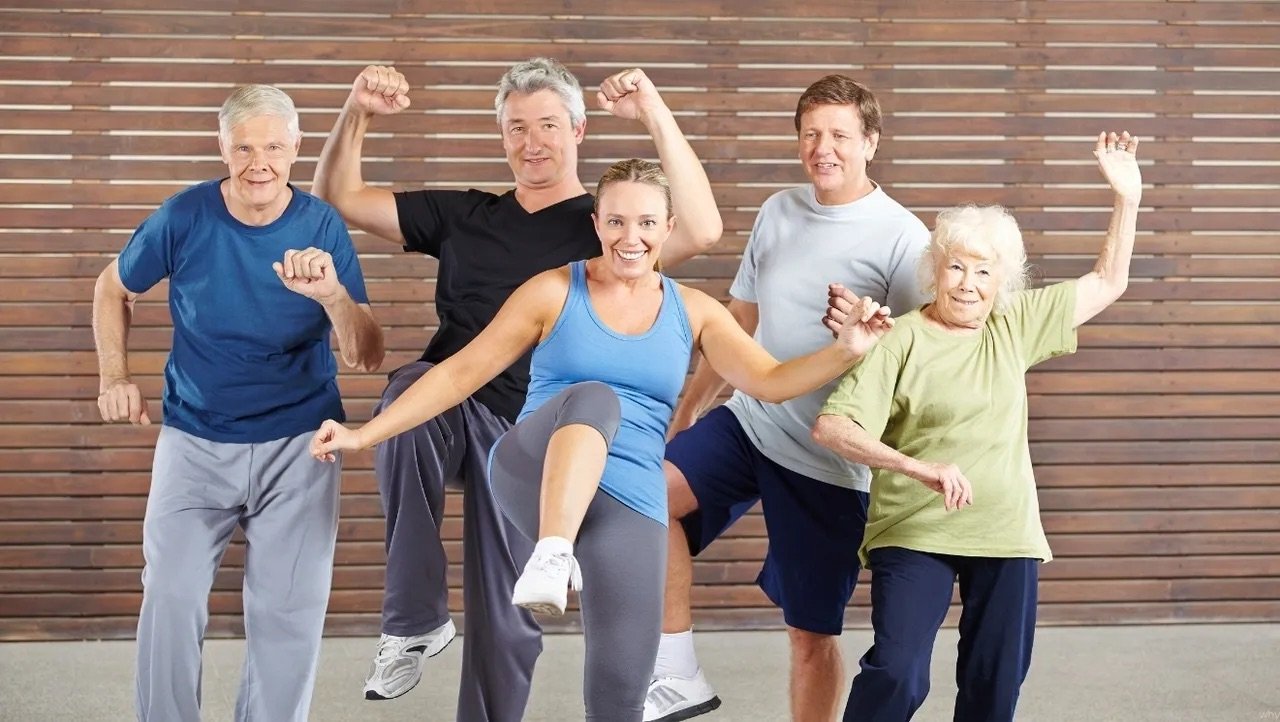How Physiotherapy Can Improve Balance and Prevent Falls in Older Adults
Falls are one of the leading causes of injury among older adults, often resulting in reduced mobility and confidence. However, balance issues aren’t an inevitable part of aging. With tailored balance training and strength-building exercises, physiotherapy offers older adults the tools to stay steady on their feet and maintain independence. Here’s how physiotherapy can play a crucial role in fall prevention and quality of life.
Understanding Balance and Fall Risks
Balance involves complex coordination between the inner ear, muscles, joints, vision, and the nervous system. As we age, these systems may weaken, leading to a higher risk of losing balance and experiencing falls. In fact, 1 in 3 adults over 65 years old will experience a fall each year, with risks increasing as we get older. Age-related changes like reduced muscle strength, slower reflexes, and sometimes chronic health conditions make balance more challenging. Physiotherapists assess each person’s unique challenges, working to improve the physical systems that help us stay upright.
Physiotherapy Approaches to Improve Balance
Physiotherapists use a range of methods to enhance stability and strength, reduce fall risks, and improve confidence.
1. Balance Training Exercises
Balance training is often at the core of fall prevention programs, as it targets the muscle control needed for daily activities like walking, bending, and standing. Physiotherapists guide patients through exercises that focus on body control, joint stability, and coordination.
Examples of Exercises: Single-leg stands, heel-to-toe walking, and tandem walking are common balance exercises. More advanced training might involve challenging the body’s balance with surface changes or incorporating visual or cognitive tasks for added complexity.
Benefits: These exercises improve the body's ability to make micro-adjustments, reducing the likelihood of losing balance. Practicing balance exercises can also help build confidence, which plays a significant role in reducing falls, as fear of falling can sometimes cause people to be more cautious and less stable.
2. Strength-Building Routines
Strengthening specific muscle groups, especially those in the legs and core, is key to maintaining stability and reducing the likelihood of falls. Weak muscles can contribute to poor balance, so physiotherapists often incorporate resistance exercises to build strength.
Examples of Exercises: Resistance band exercises, leg lifts, squats, and step-ups are often included to build muscle in the lower body and core.
Benefits: Stronger leg and core muscles help maintain a steady posture, and a strong core supports balance by stabilizing the body’s centre of gravity. Building strength also makes it easier to recover from minor trips or slips, reducing the chance of a full fall.
3. Gait Training
A person’s walking pattern, or gait, can change over time, sometimes becoming slower or unsteady. Physiotherapists help assess and correct these changes, improving the mechanics of walking and ensuring safe, stable movement.
Technique: Gait training includes exercises to strengthen the hip and leg muscles, improve foot placement, and increase stride length. Sometimes, gait aids such as walkers or canes are introduced temporarily until strength improves.
Benefits: Gait training can restore a steady walking pattern and help correct any imbalance. Improved gait mechanics reduce the risk of tripping or slipping, especially on uneven surfaces.
4. Vestibular Rehabilitation for Inner Ear Balance Issues
The inner ear plays a crucial role in balance. Vestibular rehabilitation is a physiotherapy specialty focused on conditions like vertigo, dizziness, and balance loss due to inner ear issues. This type of therapy involves exercises that improve balance and minimize dizziness.
Technique: Exercises may include head movements, gaze stabilization, and postural training to help the body adapt to any balance disturbances.
Benefits: Vestibular rehabilitation is highly effective for people who experience dizziness or vertigo, which can lead to falls. Physiotherapy exercises retrain the brain and body to adapt to balance challenges, improving stability.
5. Flexibility and Range of Motion
Limited range of motion in joints can make balance challenging, especially when the body needs to make quick movements to avoid falls. Physiotherapists incorporate stretching and flexibility exercises to maintain and improve joint mobility.
Examples of Exercises: Gentle stretching exercises, ankle rotations, and leg swings help maintain flexibility in the ankles, knees, and hips, which are crucial for balance.
Benefits: Greater flexibility allows for smoother, more stable movements, reducing strain on the joints and helping the body adapt quickly to unexpected balance shifts.
The Psychological Benefits of Balance Training
Beyond the physical benefits, improving balance and stability through physiotherapy can significantly boost an individual’s confidence. Fear of falling can often lead older adults to avoid activities they once enjoyed, which can further weaken muscles and reduce coordination. Physiotherapy helps rebuild trust in the body’s ability to move safely, which can lead to a more active and fulfilling life.
Key Takeaways for Fall Prevention with Physiotherapy
Incorporating physiotherapy into an older adult’s wellness plan can reduce the risk of falls, preserve independence, and enhance quality of life. With tailored exercises that build strength, improve balance, and enhance gait, physiotherapists provide vital support in keeping seniors stable and secure.
Whether you’re an older adult or have a loved one who could benefit, physiotherapy is a proactive way to prevent falls and gain confidence. Physiotherapy can be a game-changer in maintaining mobility and ensuring that each step feels secure.

